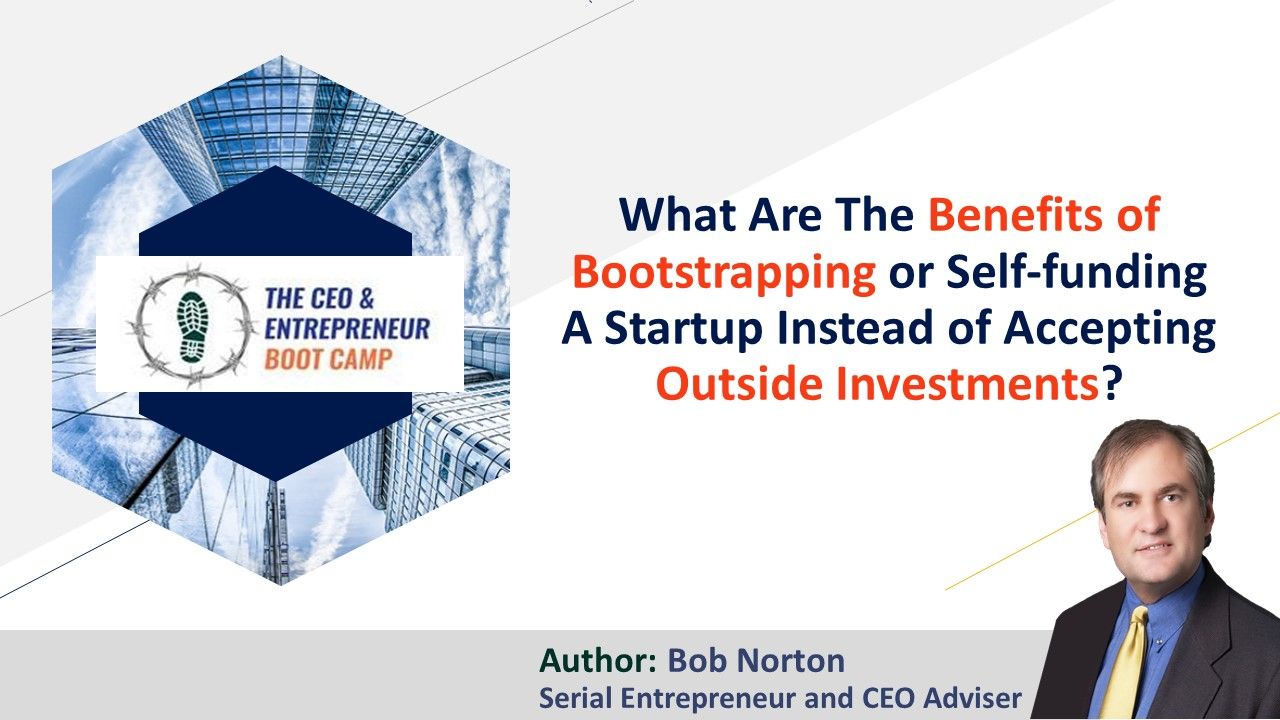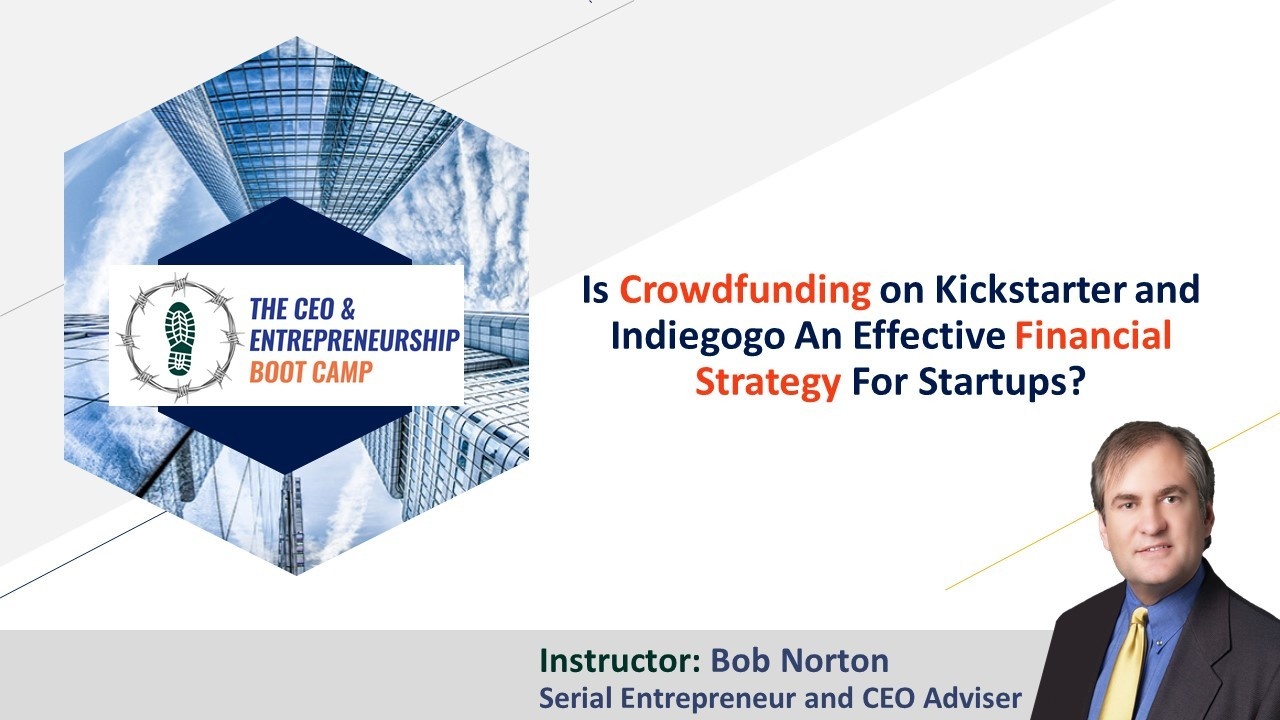How Do You Determine The Distribution of Equity Among Co-founders When Starting A New Company?

There are many factors, and it is too complex to offer a standard answer. You need to hire a consultant that is a CEO/Founder with lots of experience to discuss things for 1–2 hours.
One way around this is to set hourly rates for the founders and track time to allocate it according to contribution. Shares are earned with seat equity. A simple spreadsheet with monthly invoices submitted by everyone is easy to do. There are plenty of software solutions for this too, but likely best only when it gets complicated with many founders.
People and Founders are never “equal” in what they bring to the table. So, splitting 2 or 3 ways is not usually an unfair solution.
Factors to consider:
- Relative time and contribution to sweat equity - some may do little and others may work full-time or more. That is why tracking hours and market rates works well.
- How much capital will be needed and will Founders contribute? S
- Always separate purchased shares from “Founders...
What Is A Reasonable Salary For Early Founders When Raising Outside Capital?

A reasonable salary for any CEO or founder is a $100K to $200K today. This depends on their experience and market value which could easily be $500K+. A CEO with ten years in that seat is worth $300K to $500K base salary, but investors want them to have skin in the game and urgency too.
Like a salesperson you never pay them enough in base salary to be totally happy, or financially comfortable. Stock value should be the main long-term motivation. At 20% capital gains tax, not 50%+.
What is more important is that the base salary is a small fraction of the upside of their equity. Investors want founders 100% focused, not worried about paying their personal bills, or moonlighting to do that.
Building a company is a marathon not a sprint. All the founders need to be committed for a 5 year period. And in any VC level opportunity ought to have at least $10M to $20M upside with reasonable success. With 3 to 5 key players that's a $100M stock option pool. Normally at least 10% of the company,...
What are the benefits of bootstrapping or self-funding a startup instead of accepting outside investments?

Typically, you cannot get outside funding until you have developed some team, plans and an MVP product (minimum viable product or prototype) from serious investors. People are misled by headlines thinking they can raise millions from outside investors with none of these. That only happens if you already made other investors rich, in which case it is likely you would fund your startup’s seed stage yourself to prevent early dilution.
Over 80% of startups fail because the founders underestimate the skills and team required. There are about 40 skills sets needed to build a scalable startup. Usually this requires a team of three people with 15+ years’ experience each to launch successfully. The college graduate that built a $100M startup is a myth propagated by ignorant reporters who fail to look behind the front person and just want headline click bait.
Bootstrapping is done because most need to do that with personal, co-founder and friends and family money to complete...
How do You Get Funds to Start with?

Raising money is very difficult and only possible for companies that can grow large and provide a nice return to investors that warrants the risk. This is for “Equity” or stock sales. Debt can be used with home equity loans, credit cards, friends and family though if you are just starting and have no product or team.
I recommend you do not start a company without at least 6 months personal expenses in the bank. Most of your input to create value (so shares can be sold for something over $0.00) will be from sweat equity. This “bootstrapping” creates value and shows investors you have the skills and a plan.
For a “real startup” with a product that must be created plan on a year to develop a plan, do market research, competitive intelligence, design a product, validate it by showing to prospects (before you build) and then building the MVP. If you do not know what an MVP is, you need to read The Lean Startup first. Service companies require less...
Is it the VC that proposes the amount for the pre-seed startup or it is the CEO that claims what amount is needed?

No good investors would want to invest in a company where the CEO did not have their head around the capital needed. A financial projections and plan is required to even get a meeting with most investors. That said, there can always be some back and forth negotiations. A VC might want to put more money in to scale faster. A CEO wants minimum dilution and to get the valuation up by achieving key milestones like MVP, traction, team building and quantification of customer acquisition costs. All of these reduce risk and hence increase the share and valuation price.
Click here to check our all Certification Programs

Pre-seed means smaller amounts and lower valuations because the risks are high. Contrary to popular belie, very few VCs do these stage deals, unless it is a team that has made lots of money for investors before. Typically, these rounds are $250,000 to $500,000 and done by angel investors.
You can see my free webinar on preparing your company to raise...
Is crowdfunding on Kickstarter and Indiegogo an effective financial strategy for startups?

Crowdfunding has a place, and I am excited about its growth possibilities in certain areas. The funding raised has been about doubling each year for some time now.
It is generally for consumer-oriented companies where the vote of the consumer matters. This is a test of the product demand as well as a way to raise funding for a production run of an early version.
Recently the amount that could be raised was increased to $20 million via crowdfunding and the amount of fraud has been low. Of course, the average consumer does not have the skills to evaluate a company, team, market opportunity, and strategy well. And this takes real work. So essentially, they are just betting on the product concept. And since the amount of money raised is generally small (~$100K-$250K) it is enough to replace the traditional “Friends and family” money when the founders have no wealthy family or past success to roll their gains into the next business.
Of course, even professional venture...
How fast must a company grow in its projections to attract interest from venture capital funds?

Typically, no less than fifty percent compound annual growth rates after sales start will be needed to clear the minimums. More often, no less than one-hundred percent compound annual growth rate (CAGR) will be required at some point. Of course, growth rates can vary by year, and these are just the average over a five to eight year investment before a liquidity event to cash out.
 | Learn more about our Growth and Scaling (GSP) |
| For a free video consultation call on what your |
See our courses and coaching programs related to scaling here.
Bob Norton is a long-time Serial Entrepreneur and CEO with four exits that returned over $1 billion to investors. He has trained, coached and advised over 1,000 CEOs since 2002. And is Founder of The CEO Boot Camp™ and Entrepreneurship University™. Mr. Norton works with companies to triple their chances of success in...
What Are Some Key Components That Will Make An Angel Investor More Likely To Invest In One’s Startup Company?

One of the good question and very complex too. Here are my top 12:
- Strong CEO and Team - This is 50% as a strong team can fix everything else. And a CEO that has built and exited a company before, ideally. Young, new entrepreneurs will need a stronger team, advisers and board.
- Large market opportunity. Usually, $1 billion plus in 5 years.
- Clear market entry strategy, going after a niche (small market) and expanding into other niches or broader market after 1–2 years to make product and other infrastructure robust.
- Creation of barriers to entry, or sustainable competitive advantage. We teach 17 ways to do this beyond just intellectual property at CEO & Entrepreneur Training
- Gross margins over 50%
- Product sales with some data on cost of customer acquisition, conversion and life-time value (resales)

- Recurring revenue from same customers
- A financing strategy that shows the potential step up in stock as new milestones are reached, and...
What are The Options For A Small Company That Needs To Raise More Capital, But Cannot Dilute Its Present Shareholders Any Further?

Debt if there are assets or cash-flow or a “Play or pay” round. A tactic to force people to ante up a pro rata share because the price is lower than the last one (down round) and so those that do not put in their pro rata share are diluted significantly.
Think about it. If you bought in at $1.00 and the company made little progress, but still has lots of potential, then if the Board/CEO offers new stock at $0.30 you almost have to buy if you still believe in the potential or just the new money will get 3X more stock for their new investment, all effectively taken from the portfolios of the people that did not participate in the round.
Not the friendliest tactic, but sometimes warranted if there are no easy sources. And it will also save the CEO and team months of potential work, but not requiring newer investors - who might force the price down based on the lack of progress anyway. See my blog for many more hints and tips on raising capital.

What Control Do I Lose Once I Start Taking Money from Outside Investors?

You generally only lose control when outside investors own over 50% of the voting shares. That said, many deals contain “Covenants”. Even a bank will request certain things never be done without their approval. For practical purposes, because the management team is likely to vote together unless there are serious problems, when the outside investors collectively own 50% of the remaining shares is what matters. Because if the management team owns 33% (of voting shares), and the outside investors own 66% they would need a lot of unity to override the founder’s board and share votes. In this example, the outside investors would have to have ~75% of those outside shares to be voting 50% of all shares.

Click here to get this Financial Package
These things start to matter if things are not going well for some reason. Rarely is there an attempted coup, or do board votes make critical (split) decisions, when things are going well. And if things are not going well,...




